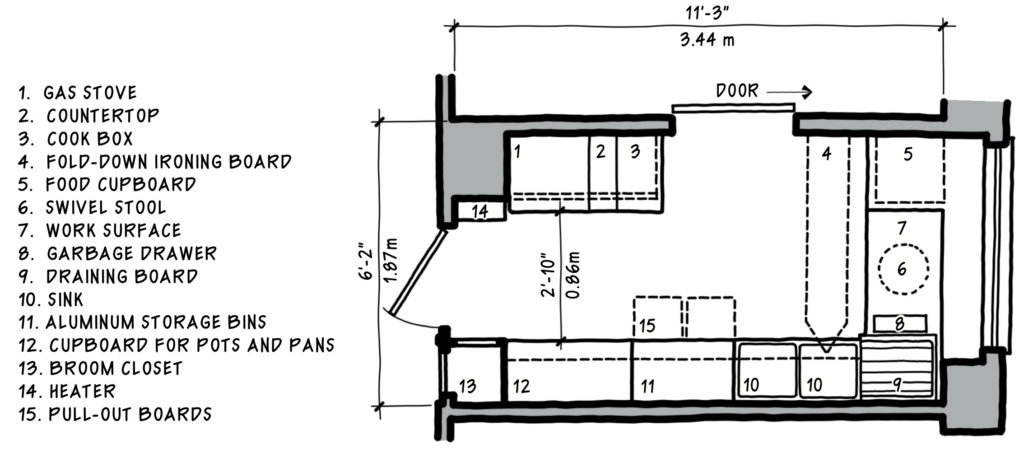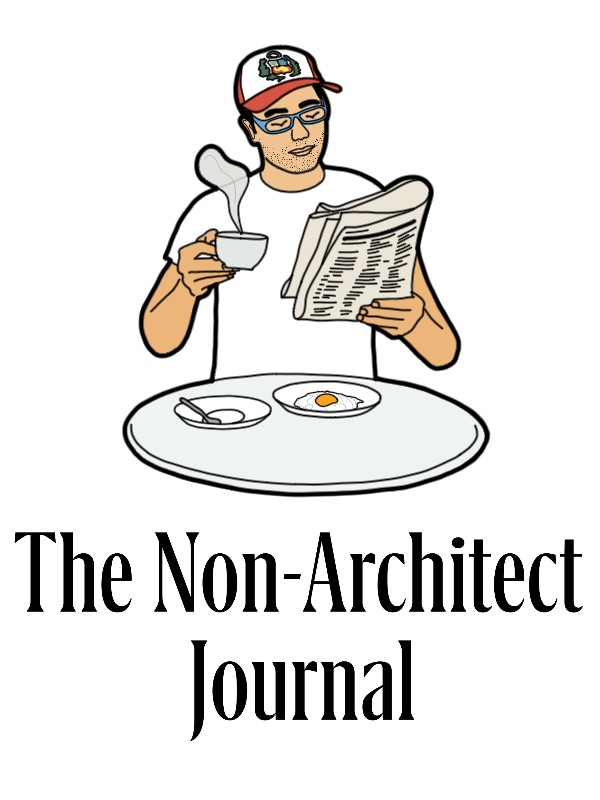The Revolution of Kitchen Design
The Woman Who Changed it All

The story of kitchens begins with fire, the first technology that transformed how humans lived, cooked, and gathered. Fire was not only about food but also about reshaping community and survival.
By the 12th to 14th centuries, chimneys became widespread in Europe. Cooking and heating could now move indoors more safely and more privately. Did this improvement in comfort also change who was expected to do the work?

In 1926, Margarete Schütte-Lihotzky designed the world’s first modern fitted kitchen. It was compact, efficient, and based on movement studies, cutting meal prep time and giving women something radical for the era: free time for other activities like education, work, or leisure.

BUT… it was also designed with the assumption that women belonged in the kitchen. Instead of questioning why only women were expected to cook, the design simply made their “place” more efficient.
Therefore, the Frankfurt Kitchen is both a milestone in design history and a mirror of the social expectations of its time.
Today’s kitchens may look sleeker, with smart appliances and open layouts. But the deeper question remains: Are we still designing kitchens based on outdated assumptions? How many people are we imagining in the kitchen? Are we designing for one cook or for shared cooking? Are we entertaining friends and family, or keeping the kitchen hidden as a workspace?
Kitchens are not just about food. They are about culture, gender, labor, and how we see home.


